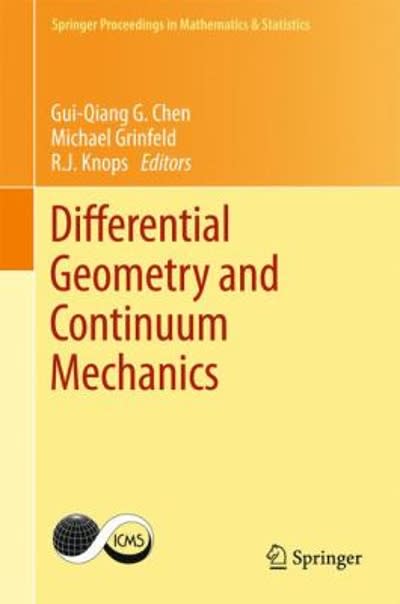Question
(a) Water is to be supplied to the Pelton wheel of a hydroelectric power plant by a pipe of uniform diameter, 400 m long, from



(a) Water is to be supplied to the Pelton wheel of a hydroelectric power plant by a pipe of uniform
diameter, 400 m long, from a reservoir whose surface is 200 m vertically above the nozzles. The
required volume flow of water to the Pelton wheel is 30 m3
/s. If the pipe skin friction loss is not to
exceed 10% of the available head and f 0.0075, determine the minimum pipe diameter.
(b) You are required to select a suitable pipe diameter from the available range of stock sizes to
satisfy the criteria given. The range of diameters (m) available are 1.6, 1.8, 2.0, 2.2, 2.4, 2.6,
and 2.8. For the diameter you have selected, determine
(i) the friction head loss in the pipe;
(ii) the nozzle exit velocity assuming no friction losses occur in the nozzle and the water
leaves the nozzle at atmospheric pressure;
(iii) the total power developed by the turbine assuming that its efficiency is 75% based upon
the energy available at turbine inlet.
3. A multi-jet Pelton turbine with a wheel 1.47 m diameter, operates under an effective head of
200 m at nozzle inlet and uses 4 m3
/s of water. Tests have proved that the wheel efficiency is
88% and the velocity coefficient of each nozzle is 0.99. Assuming that the turbine operates at
a blade speed to jet speed ratio of 0.47, determine
(i) the wheel rotational speed;
(ii) the power output and the power specific speed;
(iii) the bucket friction coefficient given that the relative flow is deflected 165;
(iv) the required number of nozzles if the ratio of the jet diameter-mean diameter of the wheel is
limited to a maximum value of 0.113.
4. A four-jet Pelton turbine is supplied by a reservoir whose surface is at an elevation of 500 m
above the nozzles of the turbine. The water flows through a single pipe 600 m long, 0.75 m diameter, with a friction coefficient f 0.0075. Each nozzle provides a jet 75 mm diameter and the
nozzle velocity coefficient KN 0.98. The jets impinge on the buckets of the wheel at a radius of
0.65 m and are deflected (relative to the wheel) through an angle of 160. Fluid friction within
the buckets reduces the relative velocity by 15%. The blade speed-jet speed ratio ? 0.48 and
the mechanical efficiency of the turbine is 98%. Calculate, using an iterative process, the loss of
head in the pipeline and, hence, determine for the turbine
(i) the speed of rotation;
(ii) the overall efficiency (based on the effective head);
(iii) the power output;
(iv) the percentage of the energy available at turbine inlet that is lost as kinetic energy at turbine
exit
6. Consider a balanced study with six subjects,
identified as A, B, C, D, E and G. In the actual
study,
? Subjects A, B and C are assigned to the
first treatment, and the other subjects are
assigned to the second treatment.
? There are exactly four successes, obtained
by A, D, E and G.
This information is needed for parts (a)-(c) below.
(a) Compute the observed value of the test
statistic.
(b) Assume that the Skeptic is correct. Determine the observed value of the test statistic for the assignment that places C, D and
E on the first treatment, and the remaining
subjects on the second treatment.
(c) We have obtained the sampling distribution of the test statistic on the assumption
that the Skeptic is correct. It also is possible to obtain a sampling distribution of the
test statistic if the Skeptic is wrong provided we specify exactly how the Skeptic
is in error. These new sampling distributions are used in the study of statistical
power which is briefly described in Chapter 7 of the text. Assume that the Skeptic
is correct about subjects C, D and E, but
in




Step by Step Solution
There are 3 Steps involved in it
Step: 1

Get Instant Access to Expert-Tailored Solutions
See step-by-step solutions with expert insights and AI powered tools for academic success
Step: 2

Step: 3

Ace Your Homework with AI
Get the answers you need in no time with our AI-driven, step-by-step assistance
Get Started


